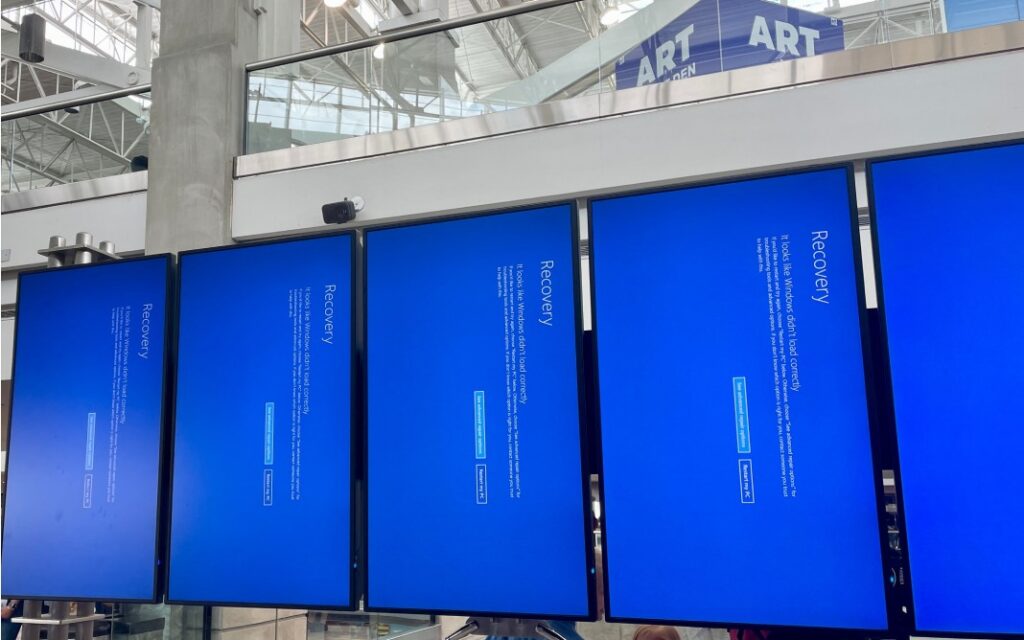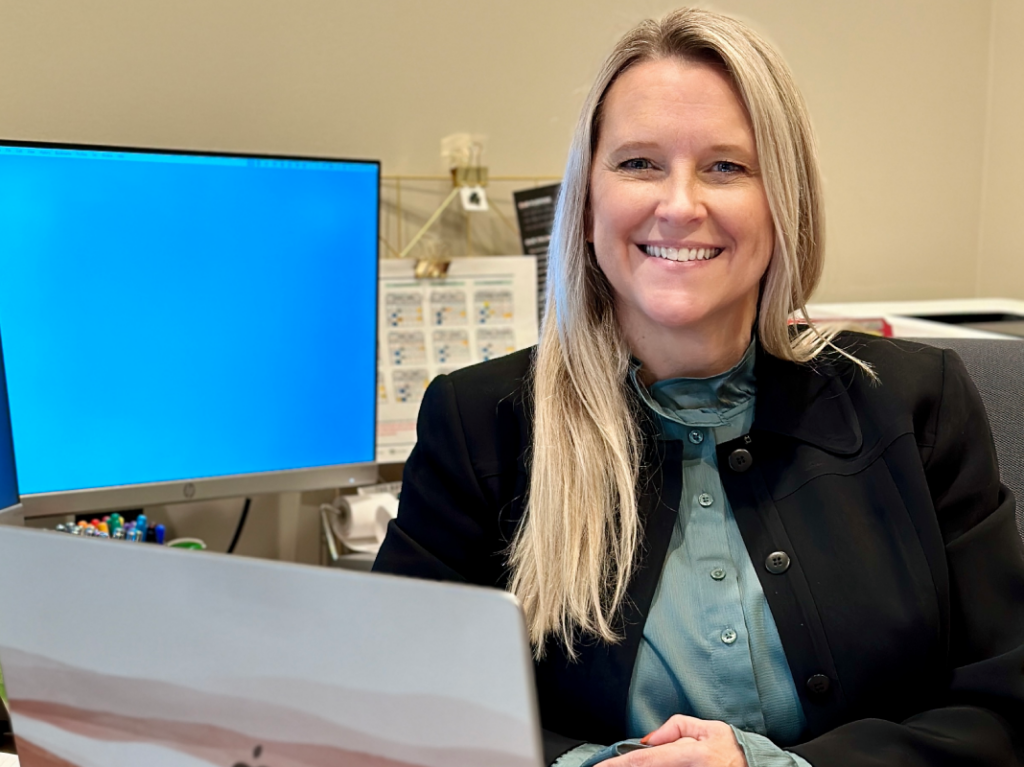When Jennifer Ryu signed on as RGP’s interim finance chief in 2019, it came with a mandate to automate processes in finance and accounting (F&A), a function struggling with manual workflows and a 20-year-old ERP system that had outlived its usefulness.
“Almost everything we did here was labor-intensive,” said Ryu, now CFO of the publicly-traded global staffing firm with more than 5,000 employees and 2,400 large corporate clients. “The amount of time and effort the staff spent gathering information was mind-numbing. We needed to operate more efficiently. Automating as much of the manual work as possible was the solution.”

Ryu’s two-year odyssey is a journey shared by many other CFOs at companies of all sizes. Some CFOs, such as Drew Keith at Texas Security Bank, were compelled to make F&A more efficient; otherwise, the bank could not comply with federal reporting requirements to process nearly 1,000 Paycheck Protection Program (PPP) loans. Others, like CFO Steve Horowitz at home nursing care provider CareCentrix, have gradually automated many manual F&A processes, recently making the decision to swap out the general ledger for a new system.
The reasons to automate F&A extend beyond operating efficiency, offering CFOs data-driven performance insights and other business intelligence. A June 2021 survey of world-class finance organizations by The Hackett Group suggests high performance potential for F&A organizations that take this path, including a 43% reduction in operating costs, a 39% increase in the agility needed to address business challenges and overall improvements in net margin, EBIDTA and return on equity.
“The most highly digitized F&A organizations spend less time collecting and compiling data and more time on analytics, giving the CFO the forward-looking insights needed to keep up with today’s blistering pace of change and disruption,” said Nilly Essaides, a Hackett Senior Research Director.
Can’t Win Without It
Most CFOs, however, have yet to fully automate the F&A function. “You would think this is an easy choice for CFOs bogged down by legacy systems and manual processes, but our survey found that only 10% to 15% of large companies are `finance digital world class,’ leveraging process automation, data standardization and technology platform consolidation,” Essaides said.
Automation is now imperative, she said, explaining that the pandemic was a “jolt for CFOs” without automated F&A processes, as it made “the shift to remote work much harder to close the books on time.”
Lessons From PwC’s Finance Function Transformation
How upskilling and automation can power the future of finance.
Other F&A experts agreed. “The pressure on CFOs to digitally transform their own functions around data has never been greater,” said Kathryn Kaminsky, Vice Chair and Trust Solutions Co-Leader at PwC. “Although this has been happening for some time, it has been accelerated due to the pandemic and rising stakeholder expectations, making a tech-powered, data-driven approach more important.”
Another compelling reason for CFOs to create a digital world class F&A function is talent retention. A Q1 2021 CFO survey by Deloitte found that CFOs’ “most worrisome” internal risk at present is their ability to retain and recruit top finance skill sets.
“The war for talent in finance is heating up and is expected to produce the worst talent crunch since the dotcom era more than 20 years ago,” said Mark Partin, CFO at BlackLine, a provider of finance and accounting automation solutions. “I talk with CFOs on a regular basis about capacity in their function and in many cases their finance talent is fleeing.”
Special Purpose Acquisition Companies are attracting a fair share of this talent, resulting in attrition, turnover and “hiring up” trends, Partin said. “Record SPAC formations need instant finance and accounting help to create a public company with reporting requirements essentially from scratch,” he explained.
An F&A function without automated processes to execute routine F&A responsibilities like record-to-report, order-to-cash, procure-to-pay and quote-to-cash—and automated solutions to perform these tasks—will have trouble finding and holding onto needed skill sets, he said.
For F&A talent to stay put, Sanjay Seghal, a partner in KPMG’s advisory practice specializing in finance transformation companies, said the function “at a minimum” must have a “touchless close, automated payables and data-driven forecasts” to make work simpler and more efficient. “You don’t want the staff up late at night manually processing account reconciliations; you want them applying their intelligence to solving business problems.”
This people-first redesign of the function guided Ryu at RGP. “Everyone always hears that finance transformation starts with `people, processes and technology’ but for some reason, the `people’ part often is discounted in the rush to automate,” she said.
Best-of-Breed Tooling
Ryu spent the first couple months as RGP’s interim CFO looking at how the F&A staff worked before she set about automating processes to make that work more efficient and meaningful. “I wanted to identify the pain points within the manual workflows, the ones that ate up the most time and imposed the biggest business risks,” she said.
One of her first decisions as CFO in 2020 was to upgrade the company’s two-decade-old ERP system, which RGP had underinvested in and outgrown. The upgrade would take about two to three years to finish. In the meantime, Ryu decided to automate manual processes where she could, investing in best-of-breed technology tools. Accounts payable was a case in point.
“The team spent weeks in some cases manually preparing and filing invoices into the legacy system and chasing down late-payers afterwards,” she said. “The invoices were scattered all over the place. It took so long to review them to get an accurate sense of the accruals at month-end, quarter-end and year-end.”
To calm the chaos, she invested in an OCR (optical character recognition) software tool from ReadSoft that plugs into the ERP system to automate the scanning, interpretation and filing of invoice data. “We’ve eliminated manual data entry,” she said. “Everything is automatic—the vendors send invoices straight to the tool, which recognizes specific line items like the invoice approvals.”
She also invested in Cash Flow Monitor, a software tool provided by Bank of America that offers a real-time snapshot of RGP’s cash flow from invoice-to-payment to gauge whether the company is on track to meet its revenue and other financial goals for the year.
The biggest decision was to automate the end-to-end closing process. Manual account reconciliations took weeks to complete, affecting the F&A organization’s ability to close the books on time. BlackLine’s cloud-based platform to perform the account reconciliations and other routine accounting tasks like transaction matching and accounts receivable analyses solved the dilemma. “We were able to eliminate the bottlenecks impeding the close,” Ryu said.
She even provided permission to RGP’s auditors to access the platform, improving their ability to prepare the audit in advance of the actual close. “It made the audit process much more efficient and controlled,” she explained.
Last year when her staff worked primarily from home, the process automation provided by ReadSoft, Cash Flow Monitor and BlackLine assisted a record three-day close, while giving Ryu clearer insight into real-time data intelligence to make a more informed forecast of business opportunities and risks. “When other CFOs struggled with their projections, I had visibility into our financial data to create a baseline forecast,” she said.
RPA to the Rescue
Texas Security Bank solved a different dilemma related to the pandemic last year. The community bank, with three locations in Dallas, was besieged with requests from its small business customers to process their PPP loans. Altogether, the amount of the loans was four times the bank’s capital base.

To provide the funds, Texas Security borrowed $250 million from the Federal Reserve, which imposed highly detailed and exacting reporting requirements. “We had to report twice a week in a very particular format on the pool of PPP loans we’d provided, which was quite a tall order for a bank our size,” said the bank’s CFO, Drew Keith.
Three people on Keith’s team at the bank’s main office were tasked with addressing the biweekly reporting mandate, which took them three to four hours each to complete. They manually processed stacks of PPP loan documents formatted in PDF, pulling out specific line items to present to the Fed in a correct order. “Obviously, we don’t have the resources of a Wells Fargo or a Chase; we were scratching our heads over a cost-effective solution that we could plug into our core data platform (similar to an ERP system),” Keith said. “The question was what.”
In a meeting to discuss the issue with the bank’s treasurer and the head of the strategic planning group, serendipity intervened. “The assistant to the treasurer mentioned she had a friend whose company made bots for different process needs,” he said. “We had them in here and they designed an automated tool that reduced the loan processing time to 30 seconds.”
The RPA tool from Impiger Technologies was configured to instantly find, reconcile and integrate the line item details in the biweekly reports to the Fed. The data automatically fed into the bank’s core processing platform—without any human intervention. “It was wildly successful,” Keith said.
Ultimately, Texas Security was able to increase by 50% the number of PPP loans the bank provided—without a commensurate need to hire additional personnel. The bank is now partnering with the RPA provider to automate other highly manual loan and underwriting processes. “They’re like an arms dealer, giving us the ability to compete against the big banks,” Keith said.
Big Stuff, Little Stuff
At CareCentrix, a post-acute provider of nursing care at home for 26 million people with annual revenue in the $4.5 billion range, CFO Steve Horowitz is constantly evaluating where to best spend his IT budget on process automation. In these deliberations, he cleaves his decision-making into two categories—”the smaller stuff and the bigger stuff,” he said.

“The smaller stuff is where we’re doing something manually and realize it is in no way efficient or accurate—things like processing and reporting travel expenses,” he explained. “Those pain points are easy to see, fit into the budget and basically pay for themselves in a short time.”
The bigger stuff, on the other hand, is the decision to replace the company’s 15-year-old on-prem general ledger system for what will likely be a cloud-based system expensed over the length of the subscription. Horowitz is still fielding the ERP vendor landscape.
“This is a tougher decision to make,” he said. “I have to weigh the long-term value of buying big stuff in finance against buying equally big stuff for sales, marketing and other functions. While it may make accounting 20% more efficient, it won’t necessarily move the needle from a shareholder point of view.”
That said, the CFO deemed the efficiency of the new general ledger to outweigh other big stuff investments. “There are things the F&A team can’t do today on the current system—like accepting virtual payments and debit and credit cards and making payments to vendors that generate a rebate,” he said. “It’s also incredibly important that we have cutting edge systems to free up the staff to come up with great ideas adding value.”
Like the other CFOs, he acknowledged, “You don’t do this, and you can lose finance talent.”
While some F&A personnel enjoy performing manual processing tasks, as they have been doing the work for 20 years and more, he said that younger generation staff members expect work tools similar to the ones they use in the consumer space. “They’d be bored out of their skins without automated technologies that have built-in analytics,” Horowitz said.
Ryu shares this perspective. “The user experience is paramount,” she said. “Younger people expect to come into F&A and immediately do value-added work; nobody wants to just shuffle paper. They want interesting assignments and opportunities to learn and help clients solve their problems. If you don’t provide these opportunities, some other firm will.”
Sitting on the fence is not a solution, Seghal said. “CFOs need to put together a process automation roadmap, whether it’s for next year or a couple years after that, but five years is too long a wait,” he said. “They need to be automating as many processes as the budget permits, with 80% serving as a rough guide.”
Get in front of the board now and “start talking about your plans for modernizing finance to leapfrog the competition,” urged Seghal. “Wild and crazy digital capabilities are possible by focusing on your people.”









